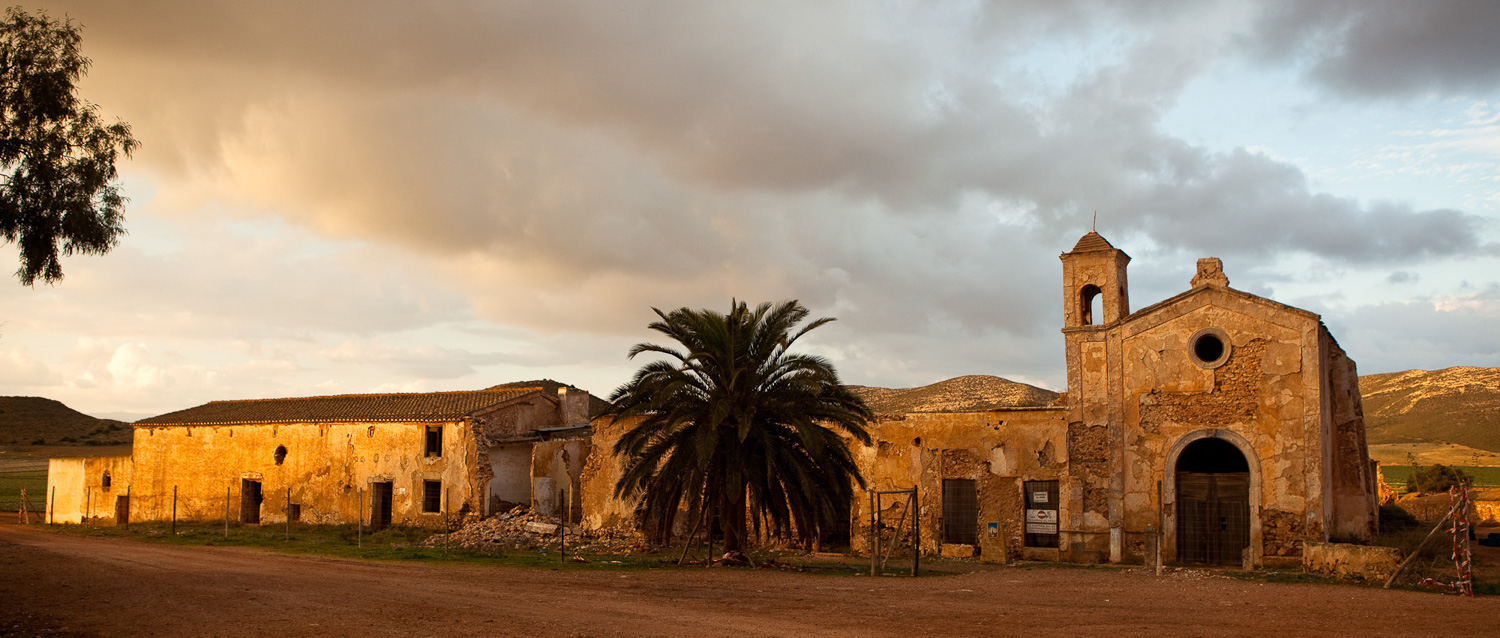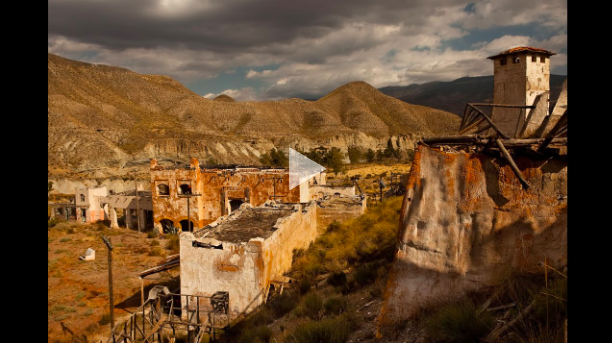ON EXHIBIT La Chanca: Living on the Margin
La Chanca: Living on the Margin
An exhibition of photographs by Mark Parascandola
Studio 1469
1469 Harvard St NW REAR
Washington, DC
October 10-25, 2014
Public Reception: Friday, October 10th, 6:30 – 8:30 pm
Artist Talk: Saturday, October 18th, 6:30 – 8:30 pm
Gallery Hours: Fridays and Saturdays, 11:00 am – 6:00 pm. Also by appointment.
Studio 1469 with Dot Projects + Artwork is thrilled to present new photographic work from local visual artist Mark Parascandola, in his first solo exhibition with the gallery. The exhibition will feature approximately ten prints from the artist’s current project, La Chanca: Living on the Margin. The photographs will be accompanied by a video revealing the shifting patterns and juxtapositions that unfold through the neighborhood’s narrow, winding streets.
La Chanca is a historically impoverished zone made up of small dwellings built into the hillside on the outskirts of the city of Almería in southern Spain. The inhabitants painted their homes using whatever ingredients were available, resulting in a multicolored patchwork. Ruins still remain of a nineteenth century lead mining and transport operation that ran down the mountain to the nearby port. La Chanca has long been home to a diverse population, including fishermen and their families, a strong community of gypsies, and, more recently, immigrants from Morocco. And over the years, the zone has attracted writers, artists, and photographers inspired by its unique urban structure and cultural mix.
In creating this body of work, Parascandola conducted research over several years, reviewing and analyzing historical records, interviewing and touring the area with local residents, artists, government officials, and community activists connected to the subject. Local contacts and research were essential to understanding the context of the location he was photographing and to building a narrative. During visits to the region, he explored key locations multiple times. Persistence in returning to locations on multiple visits and at specific times is crucial in photography, as conditions of light and weather are always changing.
For centuries, as entire civilizations have come and gone, Almería has served as a point of passage between Africa and Europe. More recently, La Chanca has gained international attention for its unique model of social organization and integration. City services do not extend up the steep, winding streets along the hillside, so residents have developed cooperatives to clean and maintain public spaces. The public school includes classes in Arabic language and culture, and students learn about the diverse history of the region through musical performances and festivals.
At the same time, however, the neighborhood remains isolated from the rest of the city. Mark Parascandola’s interest in the neighborhood of La Chanca is both personal and conceptual. He has a personal relationship with the region. His mother’s family is from Almería and he has been traveling there most of his life. As a child, he was told that La Chanca was a dangerous place. This mysterious warning inspired an interest in knowing the neighborhood and its inhabitants. At the same time, he comes to La Chanca as an outsider.
Professionally, Parascandola is trained and works as an epidemiologist, and this has come to inform his artistic work over time. Instead of focusing on the individual, epidemiologists study populations of people. They seek to understand the causes — social, economic, and environmental, as well as biological — that are behind the patterns they observe in health and disease.
Despite profound changes, La Chanca maintains strong connections with the past. In pursuing this project, Parascandola seeks to connect with his own family’s history and the landscape that they abandoned many decades ago. At the same time, the complex networks of streets and architectural juxtapositions serve as evidence of ongoing economic and social change.



